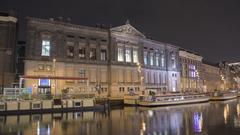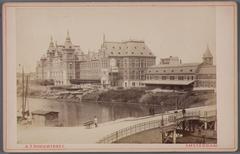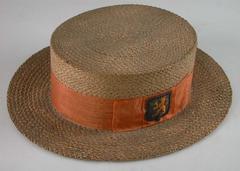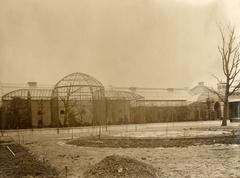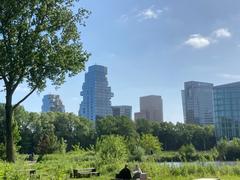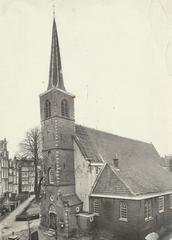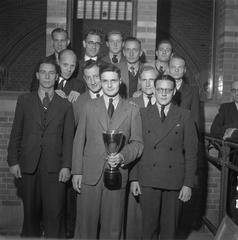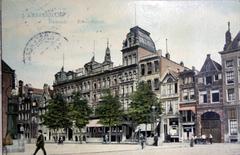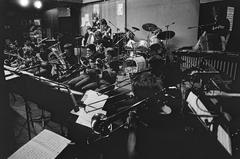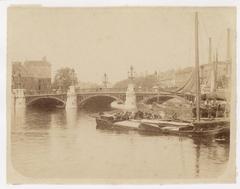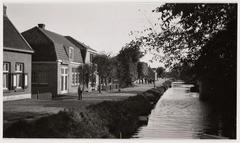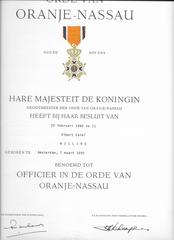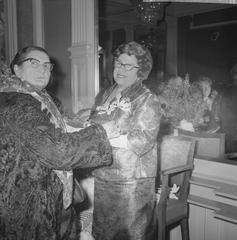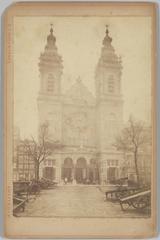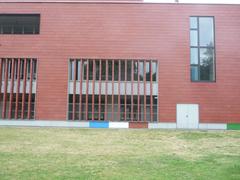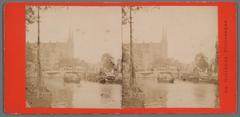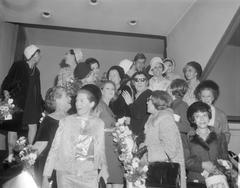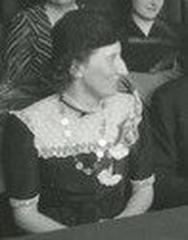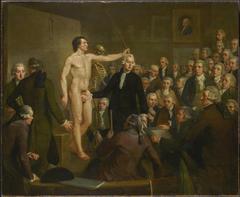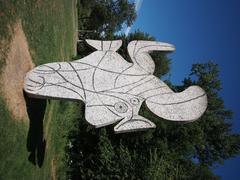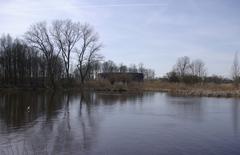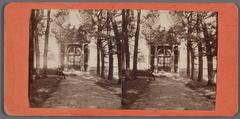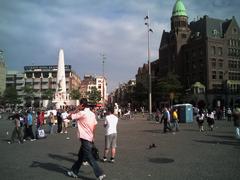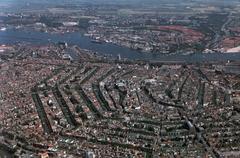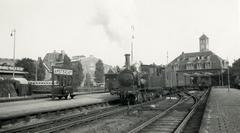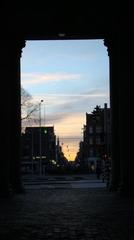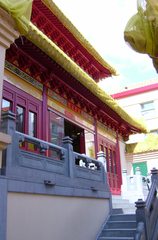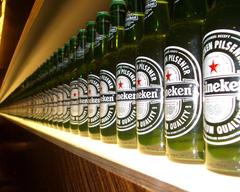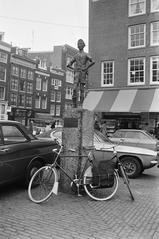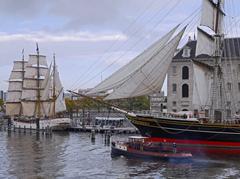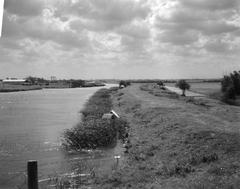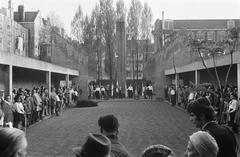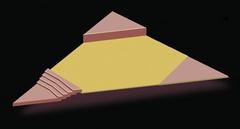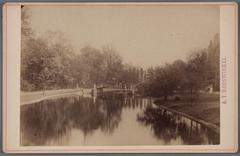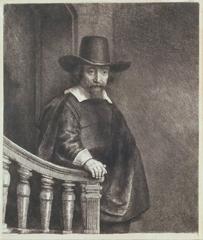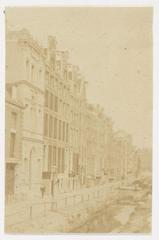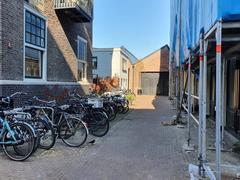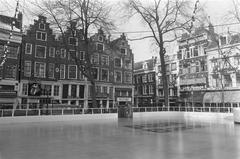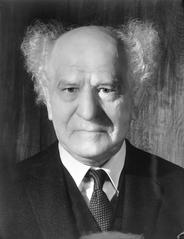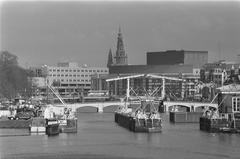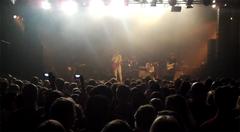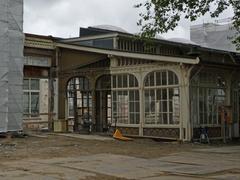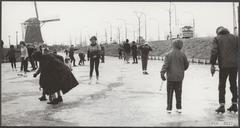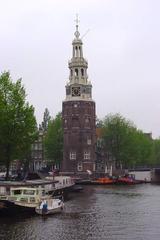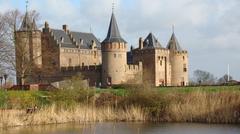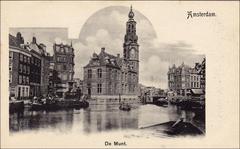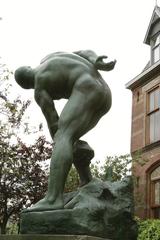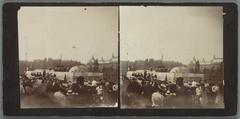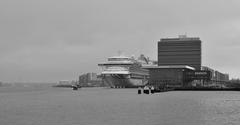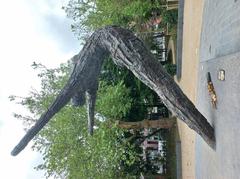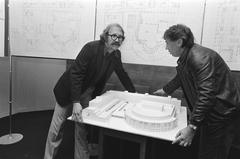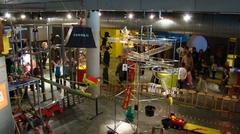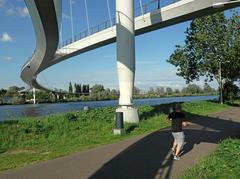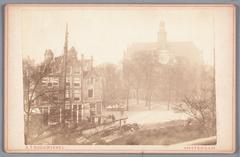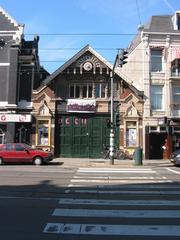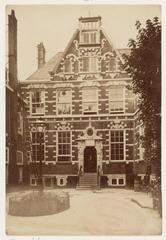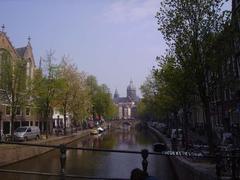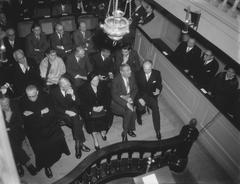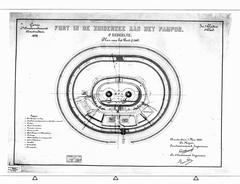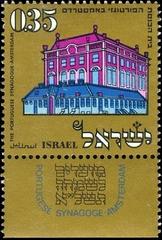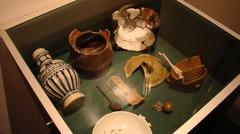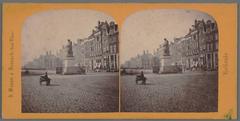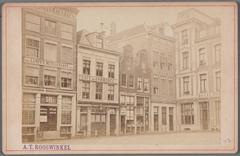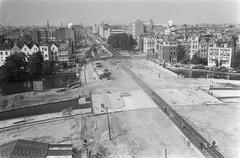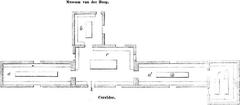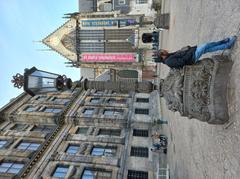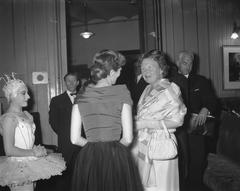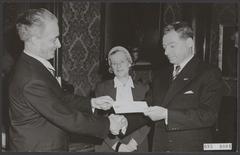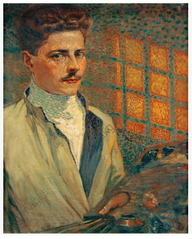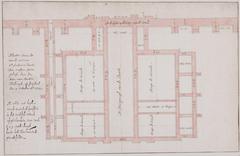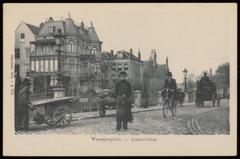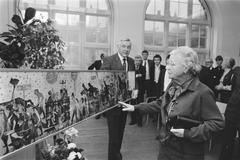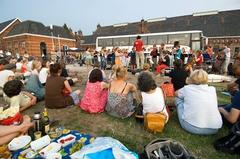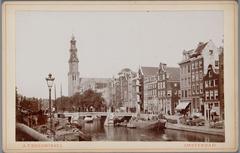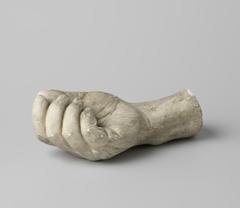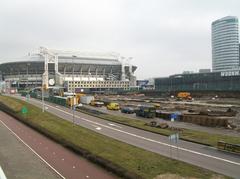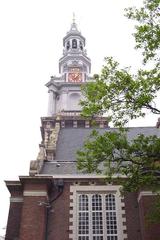
Bijlmermuseum Visiting Hours, Tickets, and Amsterdam Historical Sites Guide
Date: 04/07/2025
Introduction: Discovering the Bijlmermuseum
The Bijlmermuseum is a living monument to Amsterdam’s most ambitious example of modernist urban planning: the Bijlmermeer. Conceived in the 1960s under the influence of Le Corbusier’s “functional city” ideals and the Congrès Internationaux d’Architecture Moderne (CIAM), the Bijlmermeer was envisioned as a utopian residential district for 100,000 inhabitants. Its honeycomb high-rise buildings, abundant green spaces, and separation of pedestrian and vehicle routes were designed to foster community, health, and architectural innovation (Bijlmermuseum.com, Humanity in Action).
However, the Bijlmer’s journey is marked by both triumph and adversity. After initial challenges with isolation and social issues, the area evolved into a vibrant, multicultural hub, now home to more than 130 nationalities. Instead of a conventional museum, the Bijlmermuseum is a “museum without walls”—an inhabited neighborhood where preserved architecture and public spaces tell a story of resilience, migration, and urban renewal (Iamsterdam, Wikipedia).
Visitors can explore renovated high-rises like Kleiburg and Grubbehoeve, discover public art, and join guided or self-guided tours enriched with multimedia content. Accessibility is prioritized, with flat, paved paths, and the area is easily reached by public transport (GVB.nl, I amsterdam City Card).
This guide provides comprehensive information on Bijlmermuseum visiting hours, ticketing, accessibility, tours, and travel tips—ensuring you experience the full richness of this remarkable Amsterdam historical site.
Overview: What This Guide Covers
- History and Vision of the Bijlmermeer
- Architectural Features and Social Ideals
- The Bijlmermuseum Experience
- Practical Visitor Information
- Location, Hours, and Tickets
- Accessibility
- Guided and Self-Guided Tours
- Facilities, Food, and Amenities
- Travel Tips and Safety
- Nearby Attractions
- Frequently Asked Questions (FAQ)
- Summary and Call to Action
- Reliable Sources and Further Reading
The Bijlmermeer: Origins and Evolution
Visionary Urban Planning
The Bijlmermeer was designed in the 1960s as Amsterdam’s answer to post-war housing shortages and urban congestion. Planners, inspired by modernist principles, envisioned spacious, light-filled apartments set within a green landscape, with traffic and pedestrians strictly separated (Bijlmermuseum.com). The honeycomb layout of the high-rises maximized sunlight and airflow, while elevated walkways allowed residents to move freely without intersecting with vehicle traffic (Amsterdam op de Kaart).
Social Challenges and Transformation
Despite its innovative design, the Bijlmer initially struggled to attract its target demographic. The area became home to a diverse, often marginalized population, including many immigrants. Over time, social issues and administrative neglect led to a reputation for crime and isolation (Humanity in Action). However, from the 1990s onward, large-scale regeneration projects revitalized the district, introducing new low-rise housing, mixed-use developments, and renewed community spirit (medium.com).
The Living Museum Today
Preservation efforts led to the creation of the Bijlmermuseum Foundation, which protects key buildings and highlights the area’s unique heritage. Today, the museum area includes restored flats, public art, and green courtyards—making it both an open-air museum and a thriving residential community (Wikipedia).
Visiting the Bijlmermuseum: Practical Information
Location and How to Get There
- Address: The Bijlmermuseum is located in Amsterdam-Zuidoost, between Ganzenhoef and Kraaiennest metro stations. The main visitor center is typically in or near the Kleiburg flat.
- Public Transport: Metro lines 50 and 54 (Bijlmer ArenA station), with easy connections from Amsterdam Centraal. Multiple buses also serve the area (GVB.nl).
- Cycling: Dedicated bike paths connect the city center with Amsterdam-Zuidoost, with ample bike parking available.
Visiting Hours and Tickets
- Outdoor Areas: The museum’s public spaces are accessible 24/7.
- Guided Tours and Exhibitions: Generally operate Tuesday–Sunday, 11:00–17:00. Some events and exhibitions may require advance booking.
- Admission: Open access to public spaces is free. Guided tours typically cost €10–€15 per person, with discounts available (students, children, seniors). Holders of the I amsterdam City Card may receive free or reduced entry to select activities (I amsterdam City Card).
- Booking: Purchase tickets online via the official Bijlmermuseum website or at the visitor center. Advance booking is recommended, particularly on weekends and holidays.
Accessibility
- Physical Access: Most routes and exhibitions are wheelchair accessible; some historic apartments may have limited access. Contact the museum for specific needs.
- Multilingual Content: Tours and panels are available in Dutch and English. Group tours in other languages can be arranged on request.
The Visitor Experience
Guided and Self-Guided Tours
- Guided Tours: Led by local experts or former residents, these tours offer in-depth perspectives on architecture, migration, and community life. Tours last about 90 minutes and are available in Dutch and English.
- Self-Guided Walks: Information panels and QR codes link to multimedia content, allowing visitors to explore at their own pace and delve into oral histories and archival photos (Medium: My Journey in Bijlmer).
Exhibitions, Workshops, and Special Events
- Temporary Exhibitions: Cover topics like migration, urban renewal, and local art.
- Community Events: Include festivals, art workshops, and cultural performances.
- Photographic Spots: Iconic honeycomb flats, public art installations, and green courtyards provide excellent photo opportunities.
Facilities and Amenities
- Visitor Center: Offers ticketing, a small shop, and restrooms. Lockers are available for secure storage (Happy to Wander: Amsterdam Travel Tips).
- Food and Drink: The surrounding neighborhood boasts a wide variety of multicultural eateries, bakeries, and casual cafés. The nearby Amsterdamse Poort shopping center offers additional options (World History Journal).
Practical Tips for Visitors
- Best Times to Visit: Weekdays and early mornings are quieter. The museum is less crowded than central Amsterdam sites.
- Weather: Dress for changeable Dutch weather—bring layers and a rain jacket (Happy to Wander: Amsterdam Travel Tips).
- Respect the Community: The Bijlmermuseum is set within a living neighborhood. Maintain privacy, avoid loud behavior, and ask before photographing people (Humanity in Action: The Bijlmer).
- Safety: The area is safe, but standard urban precautions apply. Watch for bicycles and keep valuables secure (The Broke Backpacker: Amsterdam Travel Tips).
Nearby Attractions
- Johan Cruijff ArenA: Tour the home of Ajax football club.
- Heesterveld Creative Community: Explore local art and creative spaces.
- Nelson Mandela Park: Enjoy green space and playgrounds.
- Amsterdamse Bos and Gaasperplas: Ideal for nature walks and picnics.
Frequently Asked Questions (FAQ)
What are the Bijlmermuseum visiting hours?
Most tours and exhibitions operate Tuesday–Sunday, 11:00–17:00. Outdoor installations are accessible at all times. Check the official site for holiday schedules.
How do I buy tickets?
Book through the Bijlmermuseum website or at the visitor center; advance booking is recommended.
Is the museum wheelchair accessible?
Main routes and most exhibitions are accessible, but some preserved apartments may have limitations. Contact the museum to confirm.
Are tours available in English?
Yes, both Dutch and English tours are offered. Other languages may be arranged for groups.
Can I take photographs?
Photography is generally allowed in public spaces and exhibitions—please respect signage, especially in residential areas.
Are there food and drink facilities?
The museum does not have a café, but the neighborhood is known for diverse dining options within walking distance.
Visuals and Multimedia
- High-quality images of honeycomb flats and public art (see Bijlmermuseum.com).
- Interactive maps showing the museum area and transport links.
- Virtual tour links and video content available on the museum’s website.
Plan Your Visit and Stay Connected
The Bijlmermuseum is a vibrant testament to Amsterdam’s bold urban vision and the enduring strength of its multicultural communities. Whether you are passionate about architecture, history, or social innovation, a visit to this living museum offers an inspiring, immersive experience.
Ready to explore?
- Download the Audiala app for audio guides and interactive tours.
- Book your guided tour or check event schedules on the official Bijlmermuseum website.
- Follow #BijlmermuseumVisit on social media and share your experience.
Reliable Sources and Further Reading
- Bijlmermuseum, the foundations of the Bijlmer (Bijlmermuseum.com)
- The Bijlmer: A Dutch Approach to Multiculturalism (Humanity in Action)
- Urban Planning in Amsterdam (medium.com)
- Things to do in Bijlmer-Oost (Iamsterdam)
- Bijlmermuseum (Wikipedia) (Wikipedia)
- Public Transport in Amsterdam (GVB.nl)
- I amsterdam City Card (I amsterdam City Card)
- Amsterdam Travel Tips (Happy to Wander)
- Amsterdam Travel Tips (The Broke Backpacker)
- Picturesque Amsterdam (World History Journal)

